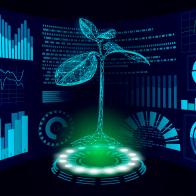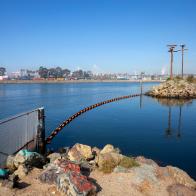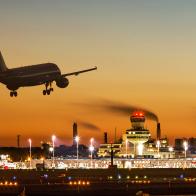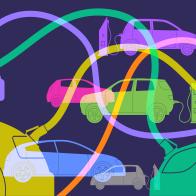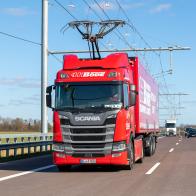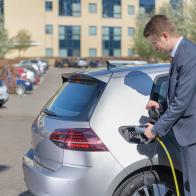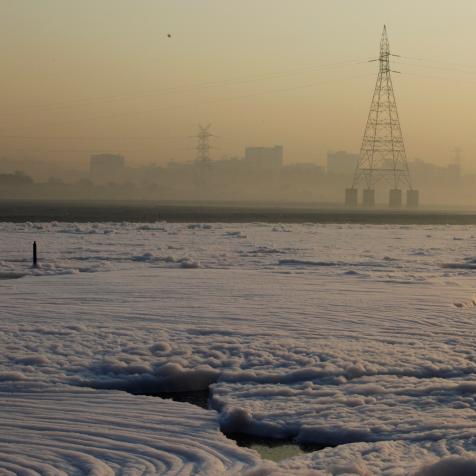
MirageC
Sustainable Aviation Will Reduce Jet Fuel Emissions to Zero
Zero carbon flights are the ultimate goal for an airline industry that relies heavily on fossil fuels. Aviation pumps out at least 2.5 percent of global carbon dioxide (CO2) emissions today. Sustainable aviation fuels will shrink the industry’s climate risk by 2030, but zero-emissions fuels like hydrogen are beginning to emerge.
The US government says lowering aviation emissions 20 percent by 2030 is realistic and the industry should achieve net zero emissions by 2050. To hit net zero – where carbon from jet fuel and other sources is balanced by removing an equal amount from the atmosphere – the airlines must cut fuel emissions and offset the rest.
Low-cost carrier JetBlue became the first US airline to go carbon neutral from July 2020 by purchasing carbon offsets for all its domestic flights. This included funding projects in renewable energy, forest conservation, and landfill gas capture. Critics quickly pointed out that offsetting alone simply allows airlines to continue emitting greenhouse gases, dumping responsibility on other parts of society.
Transition to net-zero will mean using sustainable aviation fuels (SAFs) made from crops, algae, or industrial waste. In December 2021, United Airlines flew the world’s first passenger flight from Chicago to Washington DC on 100 percent sustainable fuel. United said the flight showed there were no operational differences between SAF and conventional jet fuel.

Walter Geiersperger
The airline already has reserves to fly 57 million passengers and says SAFs will help it meet its goal of eliminating its greenhouse gas emissions by 2050, without the need for carbon offsets. But with 2.9 million passengers flying every day and jet fuel consumption to double by 2050, sustainable fuels will need huge investment.
Fuel created from food waste alone could cover about 20 percent of US jet fuel consumption, according to scientists. Food sent to landfills rots to produce methane, a more powerful warming gas than CO2, so turning waste into jet fuel removes yet another environmental hazard.
Airlines worldwide are committing real investment to SAFs including waste fuels. In September 2021 a UK short-haul Airbus 320neo flight used SAF blended at 35 percent with jet fuel as a demonstration of its potential. British Airways is also partnering with Velocys to build Europe’s first household waste to jet fuel plant by 2024.
The Federal Aviation Authority (FAA) says sustainable fuels are a transitional step towards achieving environmental goals. Electric and hydrogen-powered planes are not expected to contribute enough to net-zero by 2050, according to its climate action plan. By 2030 the FAA proposes to supply three billion gallons of SAF and enough to meet 100 percent of aviation fuel demand by 2050.
Alongside this the US government is providing funding for research, improvements to aircraft fuel efficiency and engines, technology to reduce contrails – jet trails in the atmosphere that add to air pollution – and advanced biofuels. In return it expects SAF investments to provide at least a 50 percent reduction in emissions compared to conventional fuel.
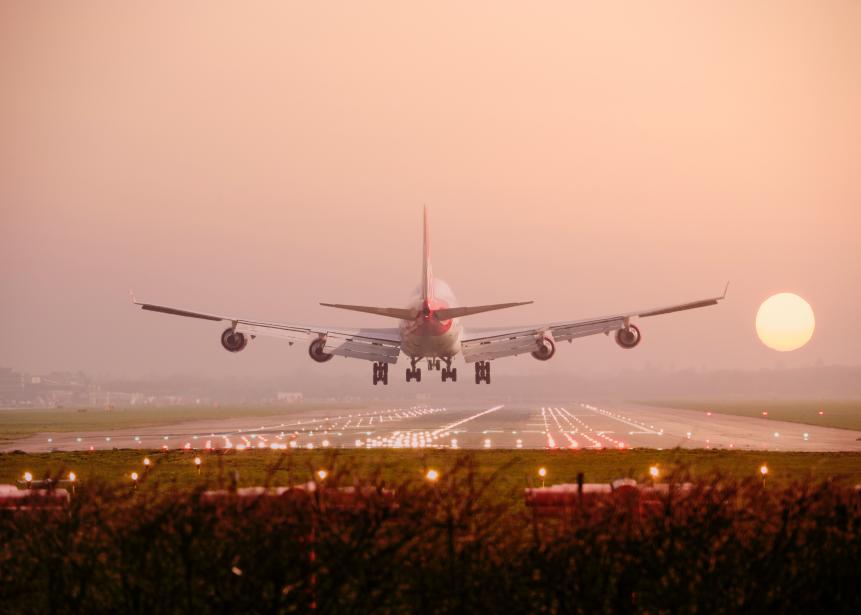
Travelpix Ltd
Meanwhile, zero-emission hydrogen fuel is gaining traction. An Oxford University collaboration with rocket technology firm Reaction Engines proposes using ammonia reactors to create hydrogen fuel, fitted to existing planes by 2030.
The British Royal Air Force (RAF) has also successfully tested zero-emission fuel, made by extracting hydrogen from water and carbon from atmospheric carbon dioxide, using wind, tide, and wave energy. UL91 could lead to drop-in jet fuels that need no engine modifications.
Up to 50 of United Airlines short-range aircraft could now be fitted with hydrogen-electric engines within a decade as part of a deal with British-American startup ZeroAvia. Small turboprops up to 80 seat regional jets are expected to be in service by 2028.
Until then, sustainable fuels are only likely to be in a standstill position in reducing emissions. The Aviation Environment Federation says that waste fuels are likely to emit as much CO2 as jet fuels. Their assumption of cutting emissions comes from food waste being removed from landfills, but in truth reaching climate, targets means both reducing methane emissions and decarbonizing flight.
Until the industry rapidly develops true zero-emissions standards like the green hydrogen fuel tested by the RAF, it said, aviation’s net-zero future will remain out of grasp. What is likely to have a bigger impact in reducing both business and long-haul holiday travel by 2050.















